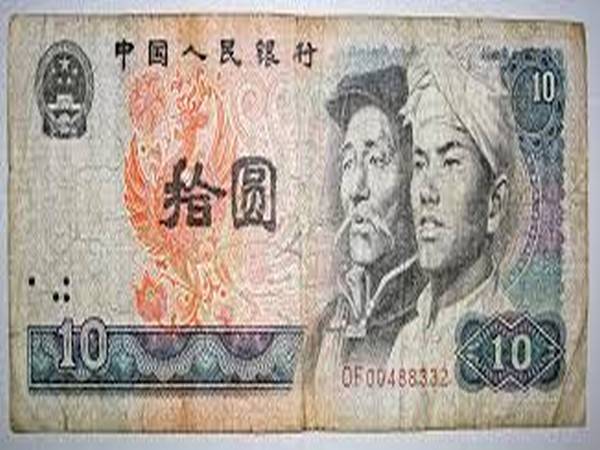Rating agency Barclays similarly downgraded its yuan forecast to 6.9 but said the yuan could hit 7 per cent if the lockdowns and supply chain disruptions continue…reports Asian Lite News
Foreign investors are dumping yuan and fleeing China post COVID-19 lockdown and rate cuts which is exacerbating foreign capital outflow.
The HK Post reported that investors are exchanging their money from yuan into dollars and driving up the dollar while pushing down the yuan.
Over the past four weeks, the yuan spot rate has lost more than 6 per cent against the dollar. Market analysts expect the yuan to depreciate further, breaking the level of 7 per cent to the US dollar.
Rating agency Barclays similarly downgraded its yuan forecast to 6.9 but said the yuan could hit 7 per cent if the lockdowns and supply chain disruptions continue, reported The HK Post.
In March, Hong Kong investors sold off a record USD 24.2 billion worth of yuan-denominated debt. The exodus from Chinese investments is fuelled by fears over China’s diminishing growth prospects, decreasing bond yield, and higher rates on US investments.
While the United States and other Western nations are raising interest rates to combat inflation, China’s central bank is considering cutting rates to stimulate the economy.
In April, the central bank decreased the reserve requirements from 9 per cent to 8 per cent in a bid to increase the money supply.
Investors had already begun moving money out of China by 2021 because of ongoing COVID lockdowns, supply chain issues, and Chinese President Xi Jinping’s crackdowns on numerous business sectors, including tech and education.
These issues accompanied an ongoing debt crisis with high-profile companies, such as Evergrande, teetering on the brink of insolvency, as well as a general cooling of the real estate industry, which is usually a significant driver of the overall economy.
Since the beginning of this year, the Ukraine war and potential sanctions on China spooked many investors and prompted them to abandon their yuan-denominated assets.
The repeated cuts of the GDP growth projections by major banks and financial institutions have exacerbated capital outflow, reported The HK Post.
In April, Chinese stocks (SSEC) lost 6 per cent in value, and their weighting in emerging markets portfolios dropped from their peak in late 2020 of 38.3 per cent to 29 per cent in April.
Foreign investors divested USD 6.2 billion of Chinese government bonds in April, marking three straight months of selloffs, the longest sell-off since 2015.
On 18 May, Goldman Sachs slashed its China GDP growth forecast to 4 per cent. Even the slightly more bullish Economic Intelligence Unit forecast of 4.4 per cent to 4.7 per cent is well below Beijing’s target of 5.5 per cent.
In addition to the currency dropping and foreign investors steering away from China government bonds, the American and European Union chambers of commerce report that their members are pausing their China investments.
Supply chain disruptions and the threat of lockdowns were the main reasons cited. The lockdowns have caused numerous disruptions with wide-reaching consequences. Factories have lost production days. Labour shortages and disruptions in logistics and supply chains have also occurred.
Additionally, the lockdowns have shut down ports, stopped road traffic in some places and prevented foreign employees from entering the country or visiting their China offices. (ANI)









